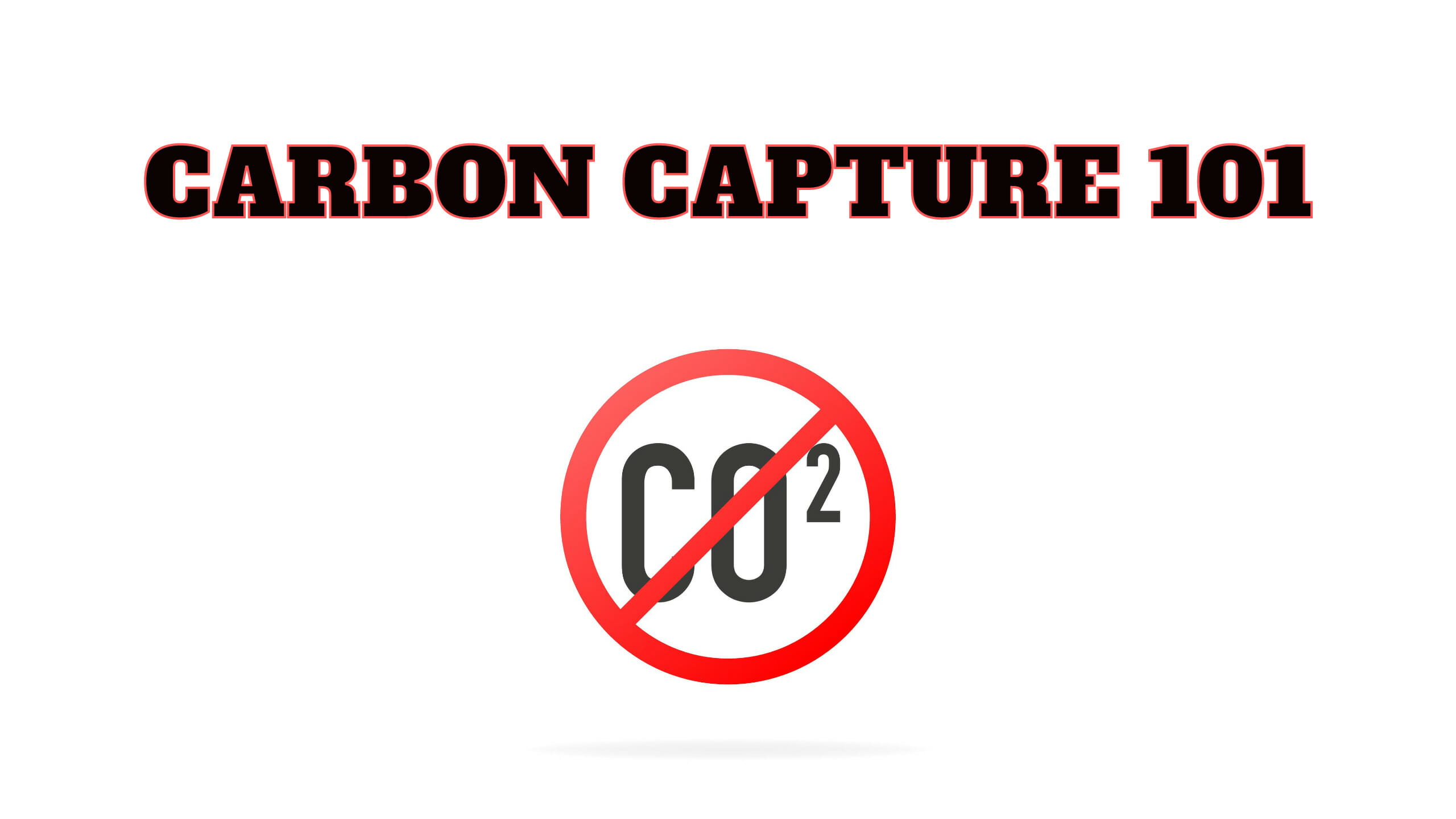Carbon capture is a technology that is being developed as a way to reduce greenhouse gas emissions from fossil fuel power plants and other industrial sources. The process involves capturing the carbon dioxide (CO2) emissions from these sources and storing them in a safe and secure location, rather than releasing them into the atmosphere.
There are several methods for capturing CO2, including:
- Pre-combustion capture: This method involves capturing the CO2 before the fossil fuel is burned, by separating the CO2 from the fuel before it is combusted.
- Post-combustion capture: This method involves capturing the CO2 after the fossil fuel has been burned, by separating the CO2 from the flue gas produced by the combustion process.
- Oxyfuel combustion: This method involves burning the fossil fuel in a mixture of oxygen and CO2, which produces a concentrated stream of CO2 that can be more easily captured.
One of the main challenges with carbon capture is finding a safe and secure location to store the captured CO2. Options for storage include underground geological formations, such as depleted oil and gas reservoirs, and saline aquifers.
There are also emerging technologies for using the captured CO2, such as converting it into useful products like fuels and chemicals, or using it for enhanced oil recovery.
Overall, carbon capture has the potential to significantly reduce greenhouse gas emissions and help mitigate the impacts of climate change. However, the technology is still in the early stages of development and will require significant investment and research in order to reach its full potential.



